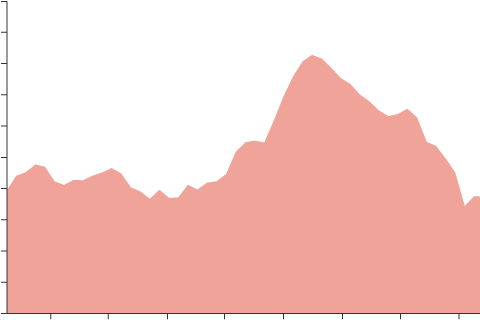
El Niño is still here, and likely to continue through the summer. What's happening in the tropical Pacific these days?

Stand aside polar vortex! The PNA may be the most important atmospheric circulation pattern you've never heard of.
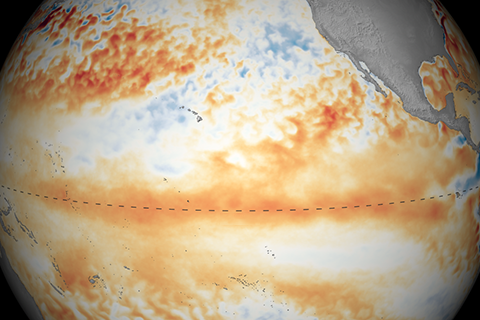
Weak El Nino continued into April. Our blogger discusses the "here & now" and the forecast for spring and summer.
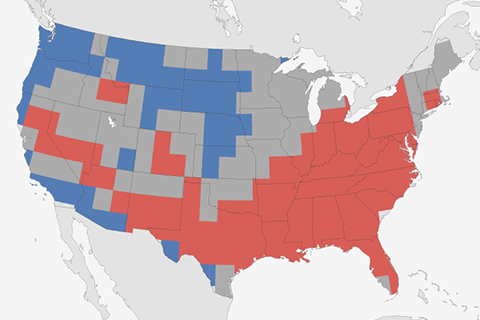
How did the 2018-2019 Winter outlook do? Tom Di Liberto takes you through what happened in this week's ENSO blog.

El Niño conditions continued into March. What do forecasters think is next?
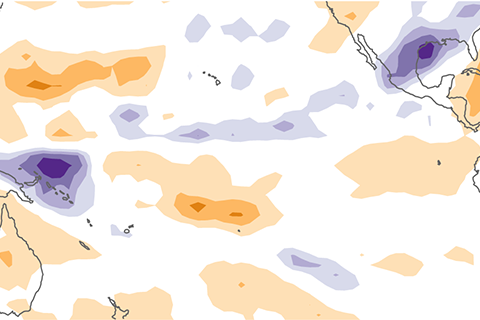
Why did atmospheric El Niño conditions fail to develop this past fall? Our blogger tries to unravel the mystery of the missing central Pacific rainfall.
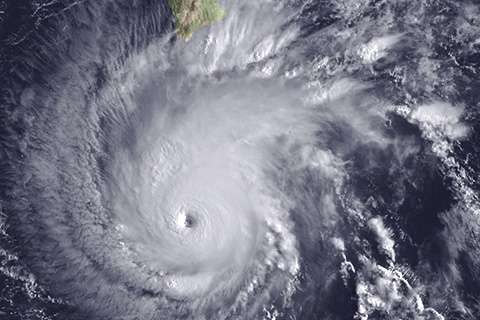
Many networks across the U.S. collect air temperature and precipitation observations we use to characterize these events. But only NCEI's U.S. Climate Reference Network (USCRN) was designed with lab-calibrated sensors--in triplicate--to ensure a high-quality, continuous record of U.S. climate.
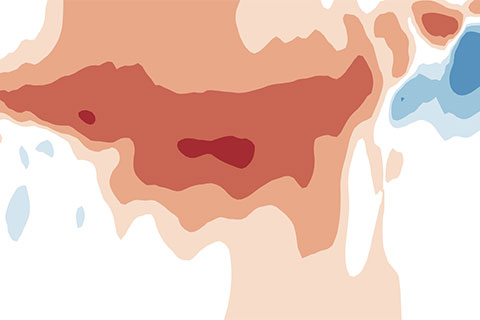
NOAA has issued an El Niño Advisory, reflecting the presence of El Niño conditions in the tropical Pacific.

NCEI's Anthony Arguez uses a new dataset for tracking hot and cold extremes to provide a preliminary analysis of the Arctic blast that hit the Midwest and other parts of the eastern United States in late January 2019.

NOAA’s National Centers for Environmental Information (NCEI) tracks U.S. weather and climate events that have great economic and societal impacts. Since 1980, the U.S. has sustained 241 weather and climate disasters where the overall damage costs reached or exceeded $1 billion (including adjustments based on the Consumer Price Index, as of January 2019). The cumulative cost for these 241 events exceeds $1.6 trillion.